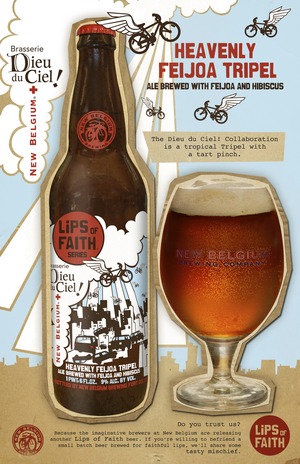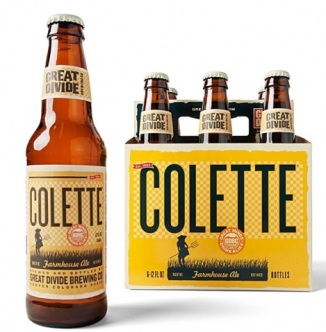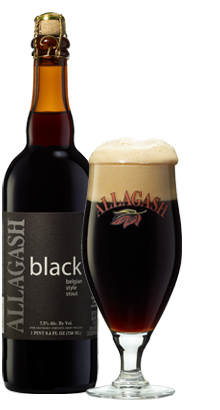 A DEVIOUS NOVELTY, Belzebuth is one of those super-strength beers that wears its 13% ABV proudly on its collar like a laurel won in valorous contest. Yet despite its strength, rather rich golden hue, and finger-plus pile of foamy head, a glass full of Belzebuth is uncannily transparent. This is not necessarily to its detriment, as many ultra-strength beers exhibit symptoms of fermentation stress and unpleasant fusel notes that are unexpectedly absent from Belzebuth, at least in the aroma. Though clearly packing a massive dose of booze by beer standards, its nose is of clear pale grains, a touch of grass, with only a mild solventy undertone. A second pass reveals some Belgian-style yeasty esters emerging in a weirdly indistinct blend of sweeter fruit. Indeed, a sneakily transparent sweetness is the overarching element here—too pure to associate immediately with any fruit or traditional ester, one could almost overlook it at first. But once pointed out it casts a massive shadow over Belzebuth’s unassumingly bright presentation.
A DEVIOUS NOVELTY, Belzebuth is one of those super-strength beers that wears its 13% ABV proudly on its collar like a laurel won in valorous contest. Yet despite its strength, rather rich golden hue, and finger-plus pile of foamy head, a glass full of Belzebuth is uncannily transparent. This is not necessarily to its detriment, as many ultra-strength beers exhibit symptoms of fermentation stress and unpleasant fusel notes that are unexpectedly absent from Belzebuth, at least in the aroma. Though clearly packing a massive dose of booze by beer standards, its nose is of clear pale grains, a touch of grass, with only a mild solventy undertone. A second pass reveals some Belgian-style yeasty esters emerging in a weirdly indistinct blend of sweeter fruit. Indeed, a sneakily transparent sweetness is the overarching element here—too pure to associate immediately with any fruit or traditional ester, one could almost overlook it at first. But once pointed out it casts a massive shadow over Belzebuth’s unassumingly bright presentation.
Still, the beer’s mouthfeel is more balanced than expected: sweet, yes, but not stuffed and chewy like a stout of comparable strength, still rather effervescent, and not entirely slick with alcohol. The sensation of alcohol warmth slides around the tongue but does not burn down the back of the throat (assuming it’s consumed cold enough) and the finish is deceptively clean.
This is the kind of naked strength one gets from adjunct brewing, and there’s no doubt that Belzebuth is boosted with dextrose, corn, and the like that contribute to its almost syrupy textures. The preservative E224 is used (assumedly, as its strength varies by market), which is known to kill off yeast and thus may be in part to blame (thank?) for the minimal yeast texture on the beer’s back end, despite being somewhat affiliated with the Belgian brewing tradition. This might leave one perplexed about the point of quaffing a transparent beer with such elevated alcohol if not just to get drunk, and that’s no simple question to answer….The devil’s dance, perchance?
Served: 12 oz bottle best before 19.10.14
Rating: 70 or 84 (depending on mood and/or state of inebriation)








